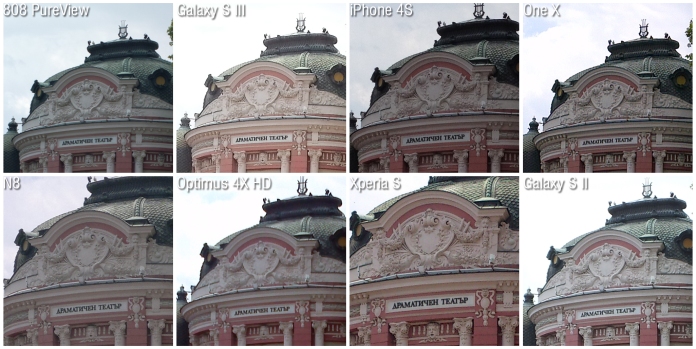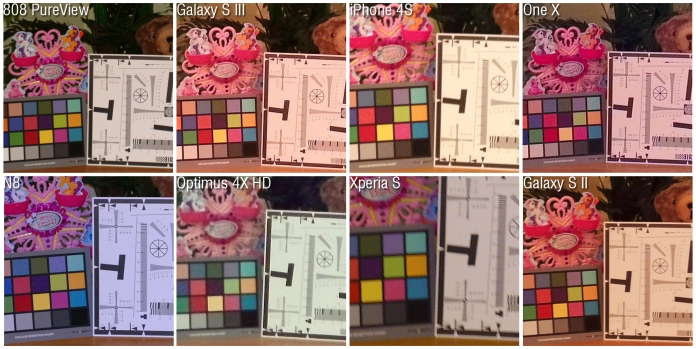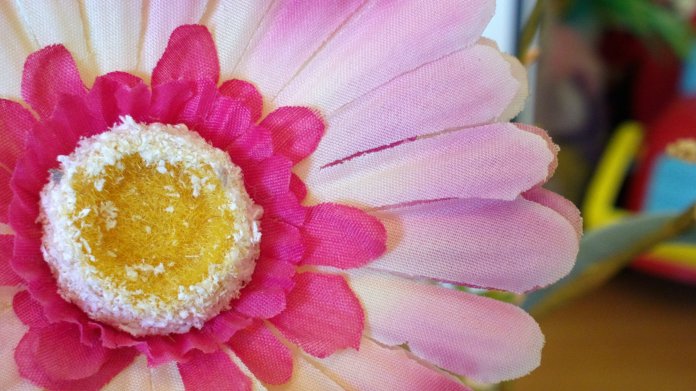It is a big camera smartphone shootout indeed with 8 most reputed devices in the market. Contenders are,
808 PureView, Nokia N8, iPhone 4S, Samsung Galaxy S III, HTC One X, LG Optimus 4X HD, Sony Xperia S , Samsung Galaxy S II.
It is really interesting to see the conclusion, but didn’t we know it already :). Anyway great to see PhoneArena acknowledging that “808 PureView is 5 years ahead of all the rest in Indoor and low-light shots”. Nokia N8 being the runner-up is also no-brainer to them.
Our camera comparison was a fun ride with a bit of a predetermined winner – the Nokia 808 PureView – considering the technology behind its 41MP sensor. The Nokia N8 runner-up performance is a no-brainer too, when we count the comparatively large sensor and the Xenon flash, lacking only in hardware capable of 1080p video processing.
It’s the indoor and low-light shots that were the real challenge, and there the Nokia 808 PureView stepped in with a bang, outperforming the crew not with a seasonal upgrade or a few interface tricks, but rather with all the years its sensor has been in the making. Then we can place the Nokia N8 and lump closely together the iPhone 4S, the Galaxy S II/III, and the Xperia S, with the HTC One X and the LG Optimus 4X HD the weakest links.
Read more of the shootout and PhoneArena’s comments ahead.
Outdoor performance (Details):
All of these handsets capture a pretty good level of detail, corresponding nicely to their respective resolutions. The natural outliers seem to be the Nokia 808 PureView and N8 with their big sensors. The phone with the PureView technology performed best here – we shot in the same 8MP resolution most of the test phones have for comparison’s sake. In this mode it merges a few pixels into one super pixel, making a good use of its 41MP sensor, and this oversampling leads to averaged-out noise and greater amount of detail than usual. The PureView shots came out clean as a whistle in terms of noise, and there seems to be no processing/sharpening whatsoever, thus preserving even the most intricate level of detail even in the shadows, which is pretty evident when you look at the theater’s columns and ornaments. Since there is no sharpening of the pics, they look soft compared to the others, yet very clean and noise-free.The Nokia N8 ranks second in terms of detail – it also produced softy pictures with a lot of detail, but not as noise-free as Nokia’s latest, due to the smaller sensor than the one on the 808 PureView.
Indoor shots (Low-light performance):
We never thought we’d say a phone makes good low-light photos, but here we are with the Nokia 808 PureView, which pretty much takes the cake and eats it. Even if we don’t count the Xenon flash, photos in limited lighting with the 808 PureView come out sharp, noise is rare up to very high ISOs, and with accurate white balance and exposure. A simple look at the resolution chart in our studio shot is enough to mark a clear winner in the detail department too.
The Nokia N8 came in second thanks to its big sensor and powerful Xenon flash, which fired even in the strong light samples indoors (we shot everything at automatic settings). It produces much colder colors than the 808 PureView, though, and introduces some noise in comparison.
Macro mode and Video comparison:
Nokia says that due to the nature and size of the lens it had to make tradeoffs in terms of how close the 808 PureView can focus in macro mode, saying that the minimum distance should be at least 15cm (6”). In practice we found it to be more than that, about 8-10 inches, but you can simply use the lossless zoom to near the object more, resulting in distances up close and personal with the best ones, so it all evened out.
Nokia 808 PureView Sample Video:
[youtube=http://www.youtube.com/watch?feature=player_embedded&v=_Htub264xmg]
The Nokia 808 PureView, despite the skipped frame here and there, and the continuous autofocus unable to lock very near objects unless you tap on them, has a very big advantage compared to the rest of the gang. The huge 41MP sensor and the oversampling technology result in excellent detail, superior to the other phones. It also allows it to do up to four times lossless zoom in 1080p mode, and 6x in 720p. Even on maximum zoom level we are greeted with clean video. Nokia N8 is a special case, since its older hardware can’t handle 1080p video, but the 720p samples look pretty smooth and detailed, while with natural colors that are a bit on the cold side.
Wanna read the source shootout article, click here.


















![How to turn on & off Safe Mode on Android [Video] & what can you do in Safe Mode](https://i0.wp.com/nokiapoweruser.com/wp-content/uploads/2021/02/Android-Safe-mode-how-to-video.png?resize=80%2C60&ssl=1)

